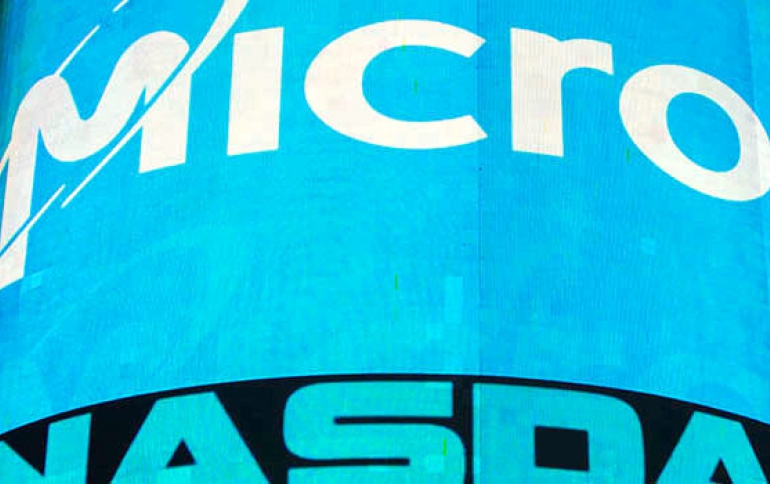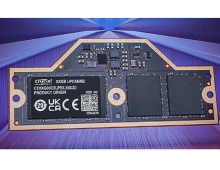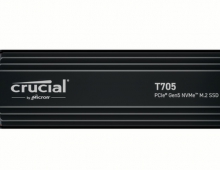
Micron's Sees Improvement in Memory Demand
Micron Technology Inc. expects quarterly revenue and profit as it is seeing early signs of demand improvement.
“While we are seeing early signs of demand improvement, we plan to reduce our capital expenditures in fiscal 2020 to help improve industry supply-demand balance,” Chief Executive Officer Sanjay Mehrotra said.
Revenue will be $4.5 billion, plus or minus $200 million, in the period ending in August, Chief Financial Officer David Zinsner said on a conference call.
Micron has reduced its output to prop up prices and has been investing more in its next generation of chips. The company said Tuesday it intends to “meaningfully” reduce its spending on new plants and equipment in its fiscal year 2020, in order to align increases in supply with demand levels.
The oversupply along with concerns of a slowdown in China will continue to squeeze sales and profits of chipmakers.
Micron's net income fell to $840 million in the third quarter ended May 30, from $3.82 billion a year earlier. Revenue fell to $4.79 billion from $7.80 billion.
Huawei has been a major customer of Micron accounting for more than 10% of its revenue. Business with that company, which the U.S. has listed as a threat to national security, had stopped completely, Mehrotra said. But the company reviewed the government’s rules and resumed shipments of some products, although uncertainty remains.
American technology companies invuding Micron and Intel have resumed selling certain products to Huawei Technologies Co., obviously after concluding there are legal ways to work with the Chinese telecom giant in spite of its inclusion on a Trump Administration blacklist.
The chipmakers are taking advantage of certain exceptions to the export restrictions. Even when companies have headquarters in the U.S., they may be able, through ownership of overseas subsidiaries and operations, to classify their technology as foreign. If less than 25% of the technology in a chip originates in the U.S., for example, then it may not be covered by the ban, under current rules.
Micron has operations all over the world, some added through acquisitions, and it owns plants in Singapore, Japan and Taiwan. Intel has factories in China and Ireland and a major design center and production facility in Israel.





















